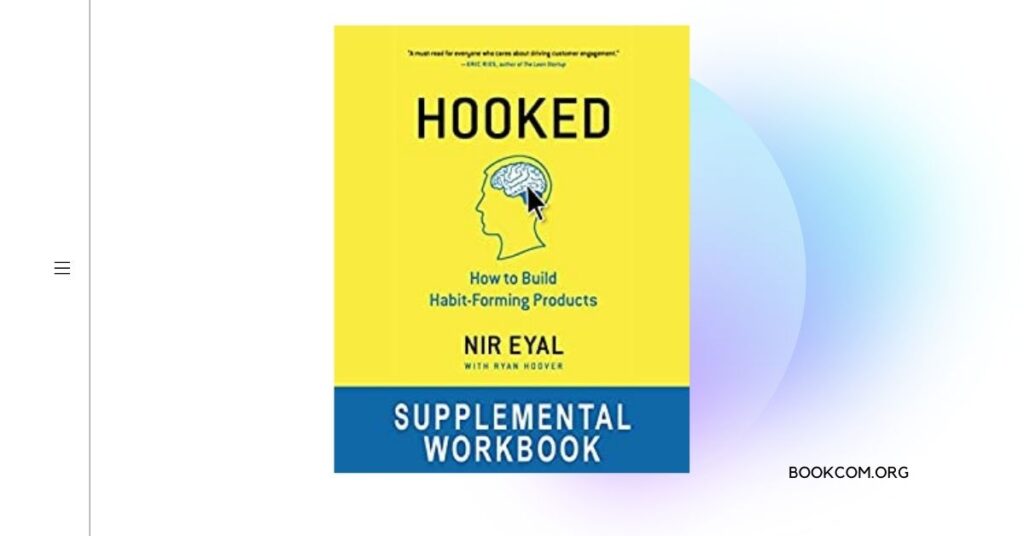Building a high-performing team is crucial for the success of any company. It requires effective leadership, a clear vision, and strategies that maximize productivity and collaboration. ‘High Output Management‘ by Andrew S. Grove offers valuable insights into building and managing high-performing teams. In this article, we will explore seven key strategies from the book that can help you create a high-performance team and drive exceptional results. By implementing these strategies, you can enhance team productivity, foster a culture of continuous improvement, and establish yourself as a leader in your industry.
Set Clear Goals and Expectations:
Establishing clear goals and expectations is the foundation of a high-performing team. Clearly communicate the team’s objectives, key performance indicators, and expected outcomes. Ensure that every team member understands their individual responsibilities and how they contribute to the overall goals. Regularly review progress and provide constructive feedback to keep the team focused and motivated.
Foster Effective Communication:
Open and effective communication is essential for a high-performing team. Encourage transparent communication channels, where team members feel comfortable expressing their ideas, concerns, and feedback. Foster a culture of active listening, where everyone’s opinions are valued. Implement regular team meetings, brainstorming sessions, and feedback loops to ensure that information flows freely and collaboration is maximized.
Empower and Delegate:
To build a high-performing team, it is important to empower team members and delegate tasks appropriately. Trust your team members’ abilities and provide them with autonomy to make decisions and take ownership of their work. Delegate tasks based on individual strengths and provide the necessary resources and support for success. This not only enhances team productivity but also fosters a sense of ownership and commitment among team members.
Foster a Culture of Continuous Learning:
Embrace a culture of continuous learning within your team. Encourage professional development, provide opportunities for skill-building, and support employees’ growth aspirations. Promote knowledge sharing and cross-functional learning to leverage the diverse expertise within the team. By fostering a culture of continuous learning, you will enhance team performance and ensure long-term success.
Promote Collaboration and Teamwork:
High-performing teams thrive on collaboration and teamwork. Encourage collaboration by creating a supportive and inclusive team environment. Foster a sense of camaraderie and encourage cross-functional collaboration. Facilitate team-building activities and create opportunities for team members to work together on projects and solve problems collectively. Collaboration not only enhances productivity but also promotes a positive work culture.
Embrace Performance Measurement and Feedback:
Regular performance measurement and feedback are essential for continuous improvement. Implement performance metrics and provide timely feedback to individuals and the team as a whole. Recognize and celebrate achievements, and address performance gaps through constructive feedback and coaching. This enables team members to track their progress, make necessary adjustments, and continuously improve their performance.
Lead by Example:
As a leader, it is crucial to lead by example. Demonstrate the qualities and behaviors you expect from your team members. Show integrity, accountability, and a strong work ethic. Be open to feedback, take ownership of mistakes, and continuously strive for personal and professional growth. By leading by example, you will inspire and motivate your team to perform at their best.
Building a high-performing team is a continuous process that requires effective leadership, clear goals, and strategies that foster collaboration and continuous improvement. By implementing the seven strategies inspired by ‘High Output Management,’ you can create a team that excels in productivity, innovation, and achieving exceptional results. Cultivate a culture of clear communication, empowerment, continuous learning, and collaboration. Embrace performance measurement, provide feedback, and lead by example. By applying these valuable insights, you will establish



